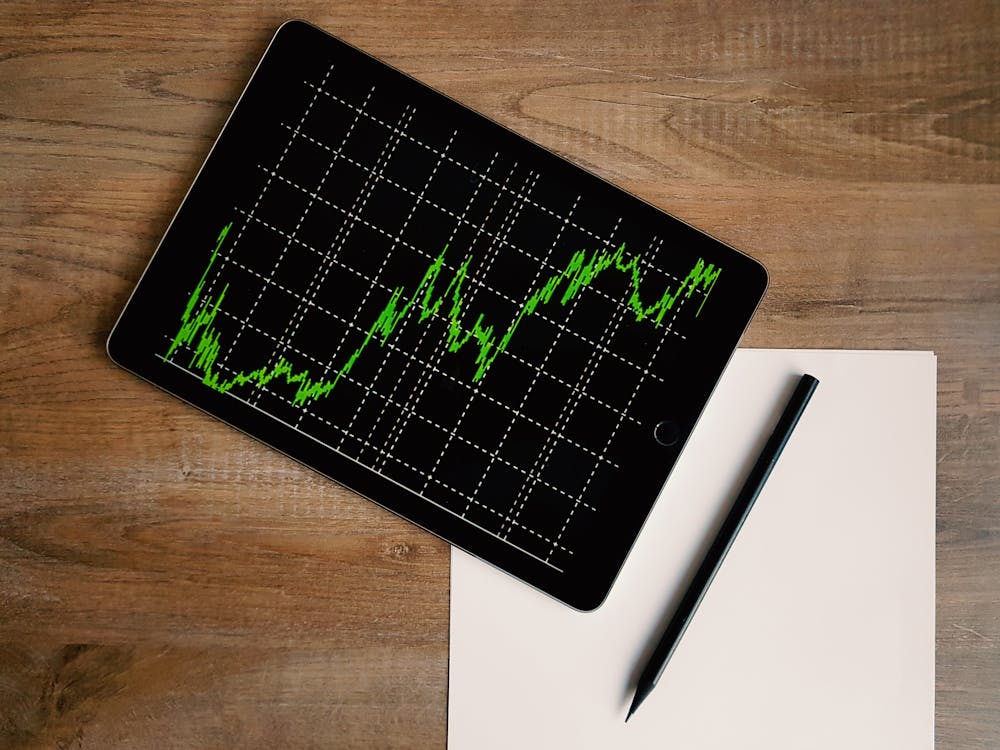Retirement Traders: Make Sure You’re Using Monkey Bars The Right Way

Image Source: Pexels
I’ll pound the table about this all day: People working and saving toward retirement have to be active traders. If you’re leaving your nest egg at the mercy of a money manager, you could be missing out. I’m not saying you have to be glued to your screen all day, but it’s important to stay involved.
One of the ways you can make your trading easier - and potentially more profitable - is by using “monkey bars.” They’re a great way to make sure you’re aligned with the trend and trading on the right track. I like to set mine up on a weekly and monthly basis, and, well, this being early June, it’s a good time to sketch some broad strokes and get you started.
Every time I walk traders through the monkey bars, I see the same thing: folks want the tool to tell them what to trade, instead of where price is trying to go. That’s not how this works. Monkey bars aren’t a crystal ball—they’re a roadmap of price discovery. If you use them right, they’ll tell you where the market believes fair value is, where price is overextended, and most importantly, where the next high-probability trade lives.
Let’s start with something basic: timeframe matters. I don’t care how good the auto tool is—if you’re building a monthly monkey bar off hourly candles, you’re feeding the system garbage. Want a monthly? Use daily candles. Weekly? Use 4-hour candles. You wouldn’t read a map upside down, so don’t build one on the wrong scale.
Now, skew. If you’re letting the auto-draw tool handle your monthly bars without checking for skew, you’re rolling dice. Here’s the test: if your 50% level and the point of control (POC) are close together, the month was balanced. That means the auto tool will usually give you garbage levels. Hand-draw it. I’ll say it again: if the range was balanced, draw it yourself.
Balanced monkey bars give you chop. Stay out. Wait for price to break above or below with confirmation on the intraday monkey bars, and then you’ve got something actionable. But if May was balanced and June opens right at the 50%, you're swimming in fair value. No edge there. That’s a coin flip.
On the flip side, if you’ve got skew—especially bullish or bearish vertical skew—that’s gold. Now we can project the overbought and oversold ranges with accuracy. Silver was a textbook case. Bullish skew in May, broke out in June, pulled back to intraday support that lined up with the quadrant levels. That’s structure. That’s where confidence lives.
You want to see intraday monkey bars confirm the higher timeframe zones. If they don’t, you wait. But when they do? That’s your green light. Dollar index, Nasdaq, S&P—each of them showed us their hand before the bell rang. Price respected those monkey bar levels in the overnight session. That’s not random. That’s the market showing you what it values.
Here’s one of the biggest mistakes I see: traders draw one set of monkey bars and think that’s it. No. You duplicate those ranges vertically to build out future price projection zones. Prices moves in ranges. You should too. If price breaks above the projected high, copy that quadrant and paste it up. Now you’ve got new targets and new risk parameters.
Monkey bars don’t trade for you—but they’ll guide you if you stop forcing trades and start listening to price. The levels are there. The structure is there. The market isn’t hiding anything. You just have to stop trying to outthink it.
Trade the levels. Trust the method. And always respect the skew.
More By This Author:
Gold’s Warning Sign Is Back… And FlashingSummer Is Coming – Relax – Bulls Are
After The Lovin’: A Quantum Stock Story



